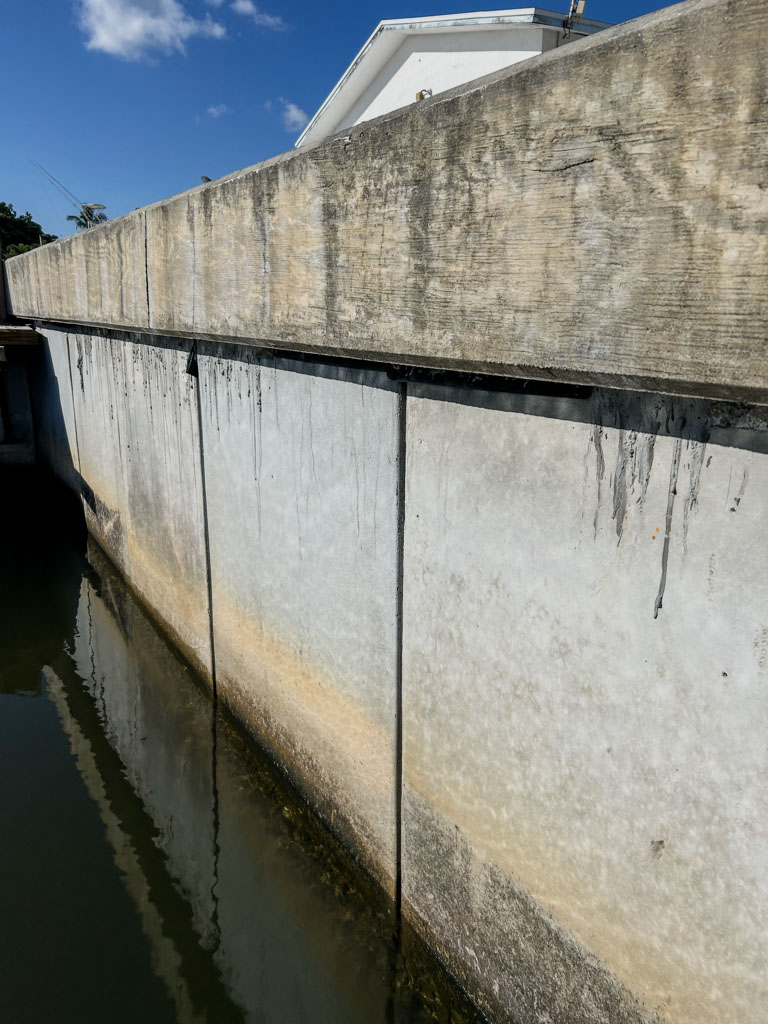
Understanding the Importance of Shoreline Stabilization: Seawalls, Rip-Rap, and Living Shorelines
Introduction:
Shoreline stabilization plays a critical role in protecting coastal areas from erosion and environmental impacts. With various methods available, it’s essential to understand their benefits and applications. In this post, we explore seawalls, rip-rap, and living shorelines, highlighting their importance and effectiveness.
Types of Shoreline Stabilization:
Seawalls: Seawalls are structures built parallel to the shoreline to protect against wave action and prevent erosion. They are typically made of concrete, steel, or stone and are highly effective in areas with high wave energy.
Rip-Rap: Rip-rap involves placing large rocks or boulders along the shoreline to absorb and dissipate wave energy. This method is suitable for areas with moderate wave action and provides a natural appearance.
Living Shorelines: Living shorelines use natural elements such as plants, sand, and organic materials to stabilize the shoreline. This environmentally friendly approach not only prevents erosion but also enhances habitat for wildlife.
Environmental Impact:
Different stabilization methods have varying impacts on the environment. While seawalls and rip-rap can provide robust protection, they may alter natural coastal processes. Living shorelines, on the other hand, promote ecological balance by integrating natural elements.
Choosing the Right Solution:
Selecting the appropriate stabilization method depends on factors such as wave energy, shoreline type, and environmental considerations. Consulting with professionals ensures that you choose the best solution for your specific needs.
Conclusion:
Shoreline stabilization is vital for protecting coastal areas from erosion and environmental impacts. Understanding the benefits and applications of seawalls, rip-rap, and living shorelines helps you make informed decisions. For expert guidance on shoreline stabilization, contact us today.

